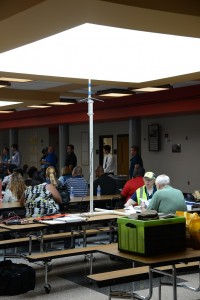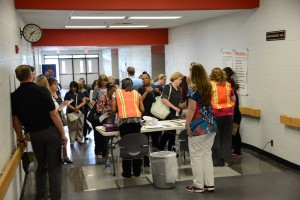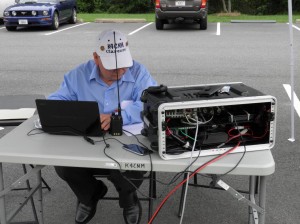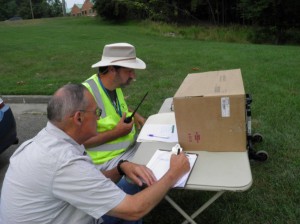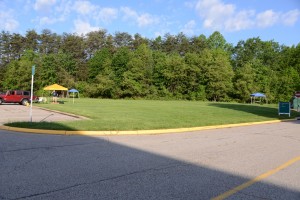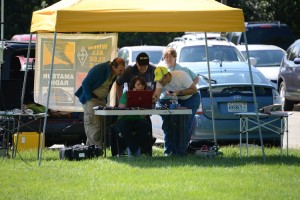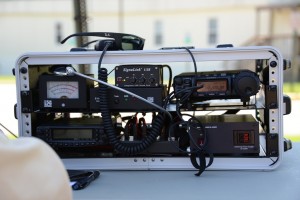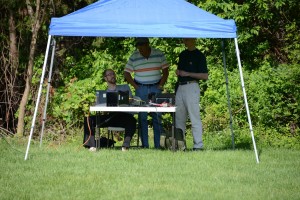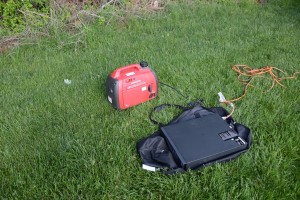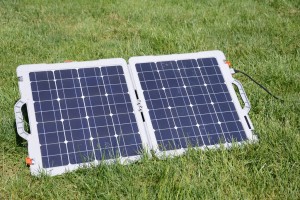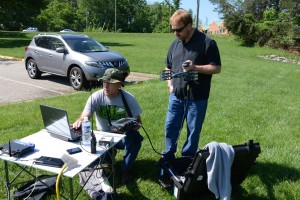Welcome to the New Year!
Summary
Every indication is that 2016 is going to be a busy year. Starting off with a bang, the weather. As we go into 2016, we are already dealing with record warm temperatures caused by our friend El Nino. According to most sources, this is not likely to let up in 2016 and has been called a Godzilla event. The predictions for warmer, wetter weather in the Northeast are already up, as well as predicitions for heavy rains and mudslides in California. In between, who knows what will happen. There is already heavy flooding in the midwest, especially along the Mississippi which we do not normally see until spring. So already, 2016 is going to be a year of some unpredictability. Which brings me to the first topic: Are you, and your family, prepared?
Preparations for 2016
Take a moment and ask yourself: If I were to lose my house, right now, would I be able to:
- Survive for the next 48–96 hours?
- Care for my family?
- Prove I owned it?
- Be able to fill in the insurance paperwork to get the money for the things I lost?
- Do you have copies of all the important documents, such as:
- Passports
- Driver’s License
- Marriage/Divorce paperwork
- Bank paperwork
- Other things that might be critical?
There are a number of things that could put you in the situation where you cannot get to your critcal paperwork. Do you have copies of it in a secure location (or several secure locations?). Make photocopies and send them to trusted releatives (or friends), get a safe deposit box, make copies and carry them on your phone, or put them in some off-line storage. These are just some of the suggestions.
Can you survive for 48–96 hours? Food? Water? Generator? Batteries? What do you need to survive. And do not forget your pets. Last winter there were several cities that had power outages for extended periods of time. Clearly staying in the house was not an option and many went to hotels. Do you know the nearest pet friendly hotel? An all-hazards aproach to preparation is best, but it means you have to sit down and take a look at what you have and what you would need. For additional information, please visit the FEMA READY website.
And of course, it is winter, so make sure you have some additional supplies, just in case:
- Blanket
- Ice scraper
- Snow shovel
- Kitty litter
We will cover this and more as part of the Workshop at the January meeting. Saturday, January 16, 2016 @ 0900 @ EOC
2016 Training
The Training link has been updated for 2016. More information will be added as events are confirmed and finalized. But if you are curious, here are some of the PWCARES specifc training plans for this year.
| Date | Location | Event |
|---|---|---|
| 16 Jan | EOC | Training: * Review 2015 * Look ahead to 2016 * Field Day 2016 * Action Plan review * Prepare for 2016 workshop |
| 19 Mar | EOC | Training: TBD |
| 2 Apr | Prince Wiliam Forest Park | MCM Crossroads 17.75K |
| 21 May | EOC | Training: Digital/Traffic in the field |
| 25/26 June | TBD | Field Day 2016 |
| 16 July | EOC | Training: Digital/Traffic in the field |
| 17 Sept | EOC | Training: TBD |
| Oct | Virginia | Section wide Simulated Emergency Test (est) |
| 30 Oct | DC et al | Marine Corps Marathon |
| 19 Nov | EOC/MCB Quantico | Training: MCM Turkey Trot |
Field Day 2016
The last time PWCARES participated in Field Day was 2008, and you can see the video here if you are interested to see what we did. It does not have to be a large operation, but it would be nice to put on a demonstration. If you would be interested in heading up the effort, please contact David, KG4GIY.
SET
Every October, the ARRL conducts a simulated emergency test (SET). Traditionally, the SET for Northern Virginia has been the Marine Corps Marathon, an event that requires over 150 operators. This year, our new Section Manager wants to do a section wide SET. And of course, the Marine Corps will still be hosting their marathon, and they will still need operators. The specifics of the exercise have not been released but once they are, they will be communicated to the cadre so you can balance your participation in the SET and the Marine Corps Marathon.
Other MCM Events
Two MCM events, the Crossroads 17.75K and the Turkey Trot are held in Prince William County every year. This year the Crossroads 17.75 will be held on Saturday, April 2, 2016 in the Prince William County Forest. We usually need about 20 operators for this event and a sign-up link will be sent once the Program Office provides it.
The Turkey Trot is normally the third Saturday of November, this year, Saturday, November 19, 2016 at Marine Corps Base Quantico. This is a good introdcutory event. We use about a dozen operators for this event. Details will be provided as we get closer to November.
And there we have it. It is already a busy year for us and more events will be added as the year progresses. For example, there has been a discussion about doing a county-wide exercise, but there are no details availble yet.
As always, if you have questions, issues, or things you would like to talk about, please contact David, KG4GIY.

